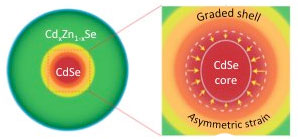
Thursday, January 10, 2019
More stable light comes from intentionally 'squashed' quantum dots
Cartilage could be key to safe 'structural batteries'
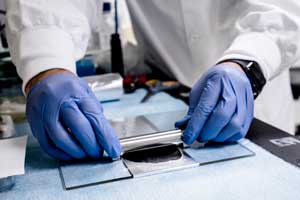
Chemical synthesis of benzene nanotubes
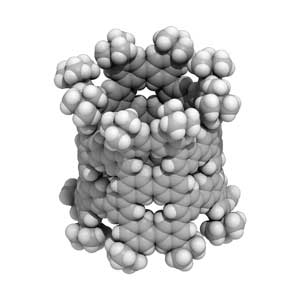
Atomic-scale capillaries block smallest ions, thanks to graphene
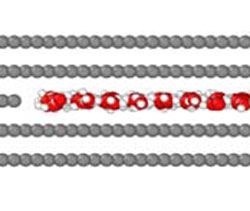
Researchers demonstrate perovskite's potential in spintronic systems
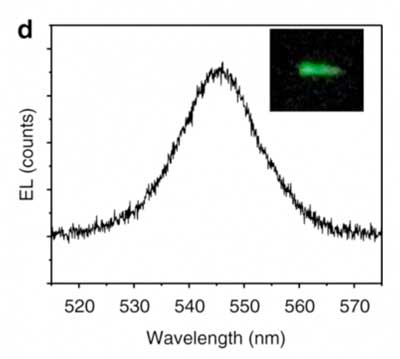
2D materials may enable electric vehicles to get 500 miles on a single charge
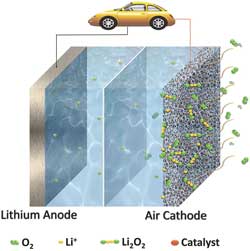
Chirality in 'real-time'
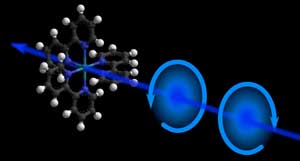
Reseaechers develop bioinspired, nontoxic nanoscale drug delivery method
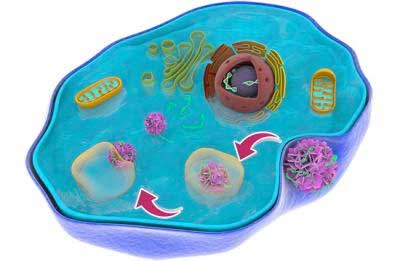
Nanomaterials are changing the world - but we still don't have adequate safety tests for them
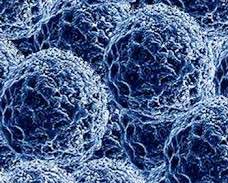
Saving energy by taking a close look inside transistors

Subscribe to:
Comments (Atom)
